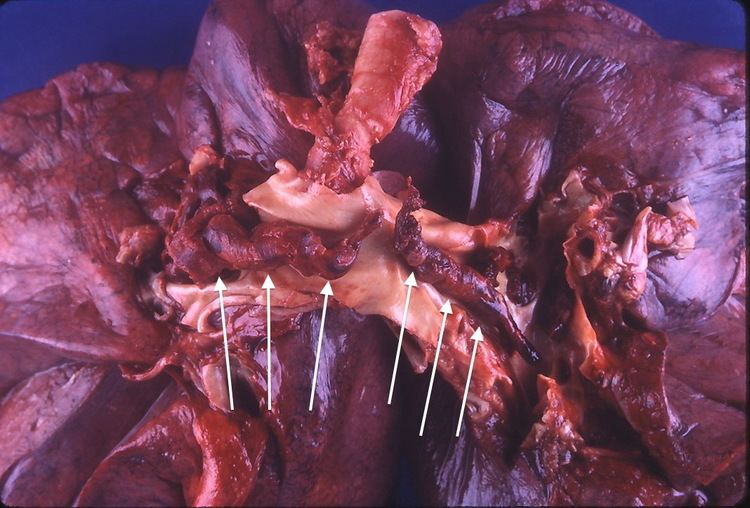 | ||
In thoracic surgery, a pulmonary thrombectomy, is an emergency procedure that removes clotted blood (thrombus) from the pulmonary arteries.
Mechanical thrombectomies can be surgical (surgical thrombectomy) or percutaneous (percutaneous thrombectomy).
Surgical thrombectomies were once popular but were abandoned because of poor long-term outcomes. Recently, in selected patients, they have gone through a resurgence with the revision of the surgical technique.
Relation to PTE
Pulmonary thrombectomies and pulmonary thromboendarterectomies (PTEs) are both operations that remove thrombus. Aside from this similarity they differ in many ways.
References
Pulmonary thrombectomy Wikipedia(Text) CC BY-SA
